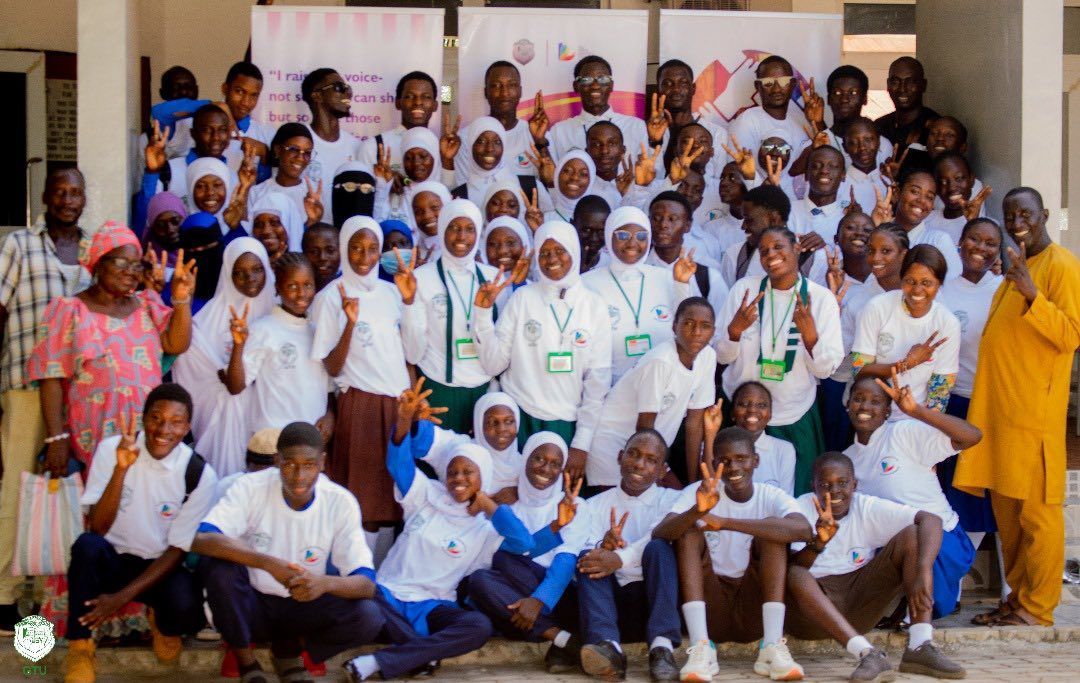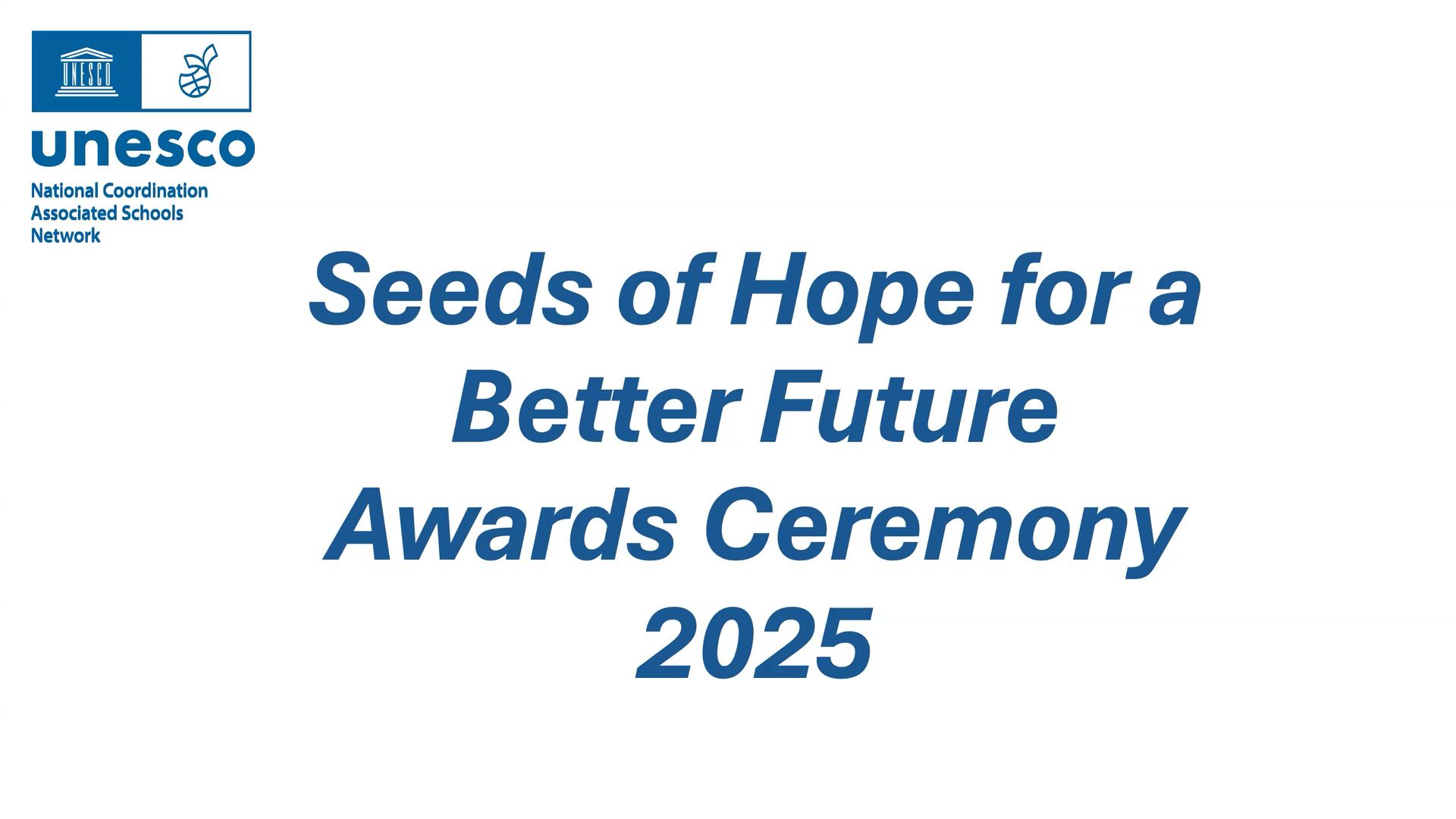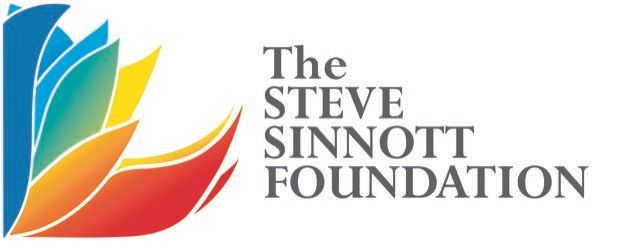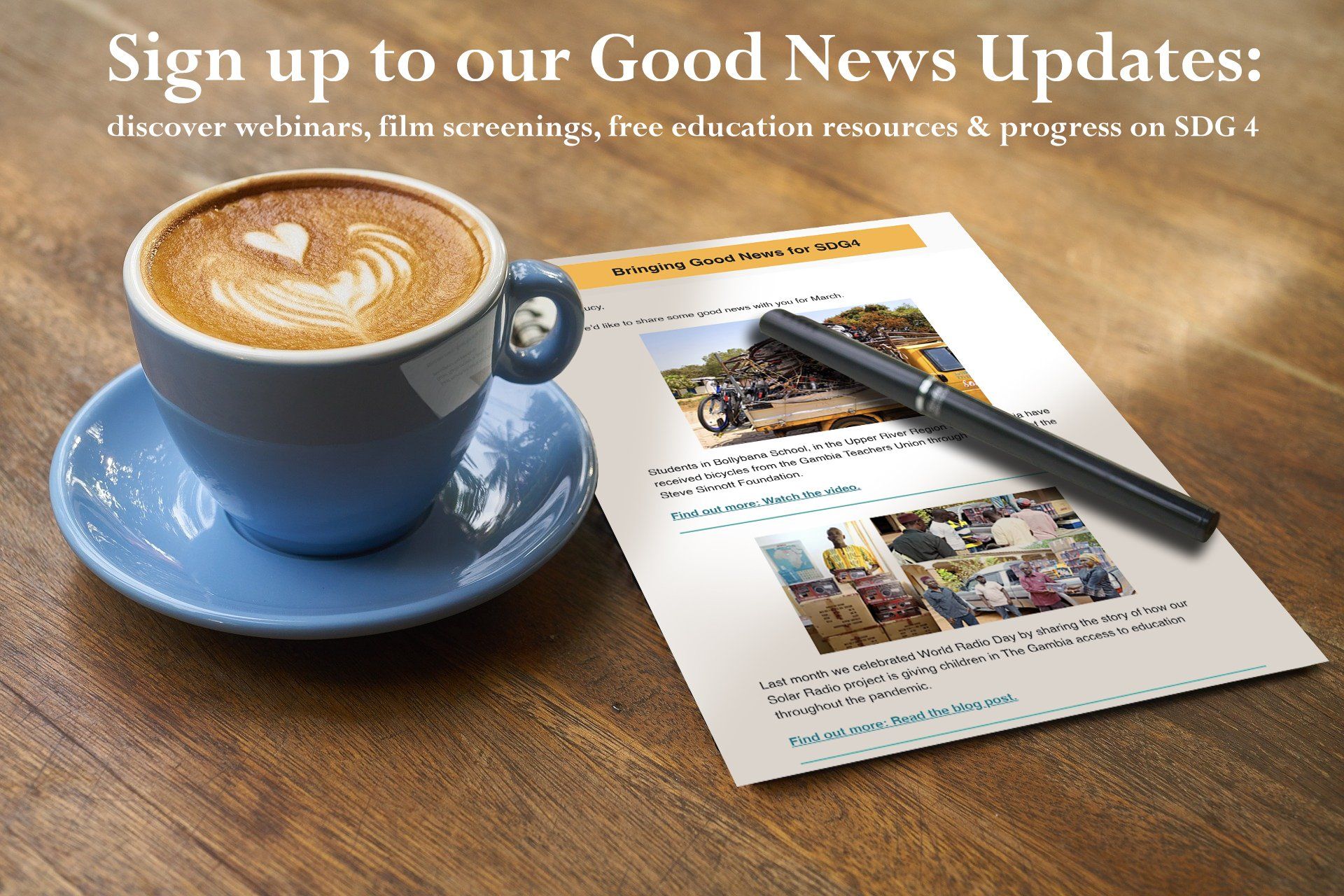Preventing future crises: lessons from Covid-19 for climate displacement
From England to Egypt, India to Italy, children around the world are continuing to face severe disruption to education during Covid-19. Schools are shuttered, playgrounds are closed, sports groups are on pause – children’s worlds are on hold. The well-reported UNESCO figure that 1.6 billion learners were out of school at the peak of the pandemic continues to make the rounds, often followed by the phrase ‘even before Covid-19’ and an alarming statistic about the world’s lack of progress on Sustainable Development Goal 4 (SDG4). 1 Indeed, the scale of disruption – and its impact on the world’s already stagnating progress towards achieving universal education – are deeply troubling.
But while Covid-19 has taken many education systems by surprise, it is neither the first nor the last disruption that many children will face in their educational journeys. Climate change, including climate displacement, could cause further gaps in education if systems are not built to withstand the shocks we know are coming.
There are many lessons to draw from educational responses to Covid-19, including the critical importance of distance learning initiatives, relevant teacher training and support, and closing the digital divide, to name a few. These lessons add to those already developed through previous emergencies, such as the need to prioritise education in times of crisis, addressing children’s psychosocial as well as educational needs, and providing school feeding programmes to draw children back to school. These lessons must all be collected and used to strengthen education systems to prevent future disruption.
The impact of climate change is clear and its impact on human mobility stark. The World Bank reports that, in just three regions, 143 million people could be on the move due to climate change by 2050. 2 Across the world, children and their education are already affected by displacement due to storms, rising sea levels, droughts, and other weather-related incidents. As climate change intensifies, these challenges are only likely to increase. The world’s response must similarly strengthen, or risk educational disruption for millions of children.
How do we do this? We focus on building systems that support children before, during, and after educational disruption.
Before the crisis, we need to ensure children have the skills necessary to respond and adapt, and infrastructure must be strengthened to prevent any disruption. Plans for disaster risk reduction (DRR) and remote learning must be in place before another crisis hits.
During disruption, children must be able to continue their education and bring their progress with them. Technology, such as UNICEF’s Learning Passport, can play a key role in this. Finally, education systems must be able to bounce back and reintegrate children rapidly following crises. Getting all children back to school should be a priority in any emergency.
Time and again children tell us that they want an education. In their aptly named report What do children want in times of emergency and crisis? They want an education, Save the Children notes that ‘99% of children in crisis situations see education as a priority.’ 3 For everything children have given up to stem the spread of Covid-19, we owe them renewed efforts to deliver on the promise of SDG4. We cannot, and must not, let them down.
1 UNESCO, ‘Education: From disruption to recovery’, 2020. Available at tinyurl.com/ya3scc7l.
2 Kanta Kumari Rigaud et al, Groundswell: Preparing for Internal Climate Migration, World Bank Group, 2018. Available at: tinyurl.com/y9dfsvsn.
3 Save the Children, What do children want in times of emergency and crisis? They want an education, Save the Children Fund, 2015. Available at tinyurl.com/va9f4tc
From Engage issue 22.




